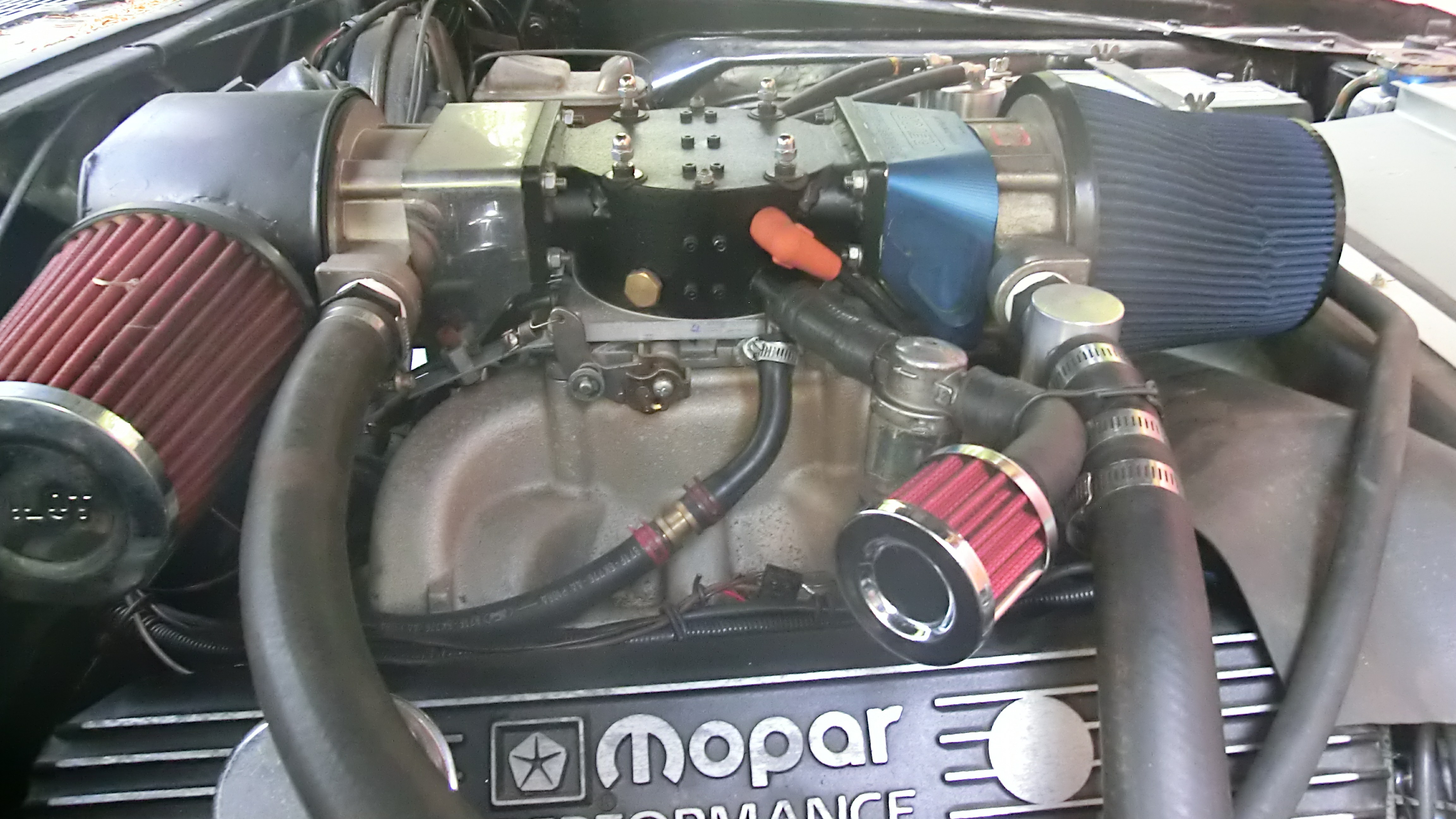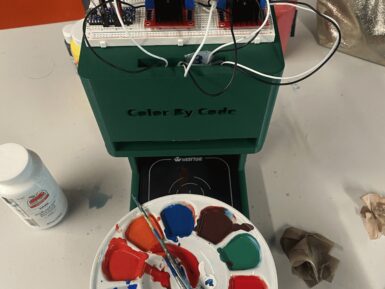
Make Your UNO Soldering Bundle
With this bundle you have all the tools and components needed to follow the experience of building your very own Arduino UNO and the synth shield.
Overview
Begin your journey to become a maker with the Make Your UNO Soldering Bundle, which includes the Arduino Make Your UNO Kit and all the needed tools to build a soldering station at home.
With the Arduino Make Your UNO Kit you will learn the basics of electronics by assembling your Arduino UNO and become familiar with soldering by mounting every single component.
The Arduino Soldering Kit contains all the tools and safety gear needed to set your very own soldering station. The temperature of the soldering iron included in this kit can be adjusted within the range of 200°C to 450°C. Additionally, it has an easy-to-use mechanism to exchange the soldering tips.
Tech specs
The Soldering Kit includes:
- 60 Watts - 220V soldering iron with adjustable temperature
- 5 tips for soldering iron
- 1 stand for soldering iron
- Lead-free solder wire
- Safety glasses
- Wire cutter
- Precision Tweezers
The Arduino Make Your UNO Kit contains:
- Arduino Make Your UNO
- 1 x Make Your UNO PCB
- 1 x USB C Serial adapter Board
- 7 x Resistors 1k Ohm
- 2 x Resistors 10k Ohm
- 2 x Resistors 1M Ohm
- 1 x Diode (1N4007)
- 1 x 16MHz Crystal
- 4 x Yellow LEDs
- 1 x Green LED
- 1 x Push-Button
- 1 x MOSFET
- 1 x LDO (3.3V)
- 1 x LDO (5V)
- 3 x Ceramic capacitors (22pF)
- 3 x Electrolytic capacitors (47uF)
- 7 x Polyester capacitors (100nF)
- 1 x Socket for ATMega 328p
- 2 x I/O Connectors
- 1 x Connector header 6 pins
- 1 x Barrel jack connector
- 1 x ATmega 328p Microcontroller
- Arduino Audio Synth
- 1 x Audio Synth PCB
- 1 x Resistor 100k Ohm
- 1 x Resistor 10 Ohm
- 1 x Audio amplifier (LM386)
- 1 x Ceramic capacitors (47nF)
- 1 x Electrolytic capacitors (47uF)
- 1 x Electrolytic capacitors (220uF)
- 1 x Polyester capacitor (100nF)
- 4 x connectors pin header
- 6 x potentiometer 10k Ohm with plastic knobs
- Spare parts
- 2 x Electrolytic capacitors (47uF)
- 2 x Polyester capacitor (100nF)
- 2 x Ceramic capacitors (22pF)
- 1 x Push-Button
- 1 x Yellow LEDs
- 1 x Green LED
- Mechanical parts
- 5 x Spacers 12mm
- 11 x Spacers 6mm
- 5 x screw nuts
- 2 x screws 12mm
Resources for Safety and Products
Manufacturer Information
The production information includes the address and related details of the product manufacturer.
Arduino S.r.l.
Via Andrea Appiani, 25
Monza, MB, IT, 20900
https://www.arduino.cc/
Responsible Person in the EU
An EU-based economic operator who ensures the product's compliance with the required regulations.
Arduino S.r.l.
Via Andrea Appiani, 25
Monza, MB, IT, 20900
Phone: +39 0113157477
Email: support@arduino.cc
Documentation
Get Inspired

Control the air/fuel mixture for a better fuel economy of a engine with a Arduino Nano.

When you want to paint the walls in your bedroom that very specific shade of Misty Irish Green, all you have to do is head to your local hardware store and have them scan the corresponding card. The paint-mixing machine will then add the pigment to a white base and, a few minutes later, you have that exact color. So, shouldn’t you be able to do the same thing with acrylic paint for hobby purposes? Now you can, thanks to the “Color By Code” machine designed by Caltech students Frida Moreno and Asmat Kaur Taunque. Moreno and Taunque built Color By Code for a class project and it is, essentially, a hobby version of those hardware store paint-mixers intended for acrylic paint. As is the standard across many industries that deal with pigments, paint, and printing, this works using CMYK (cyan, magenta, yellow, key) color mixing. Here, the key is black and the machine takes an input color value for each component, then dispenses the paint in those ratios to achieve the desired hue. That all happens under the control of an Arduino Nano Every board. That operates peristaltic pumps, via L298N motor drivers, that dispense each color. Afterwards, a flushing procedure clears the lines before the next mix. The pumps fit into a 3D-printed stand, with the hoses dropping below to a waiting container. At this time, the user must set the color values through serial commands. But the team hopes to create a Bluetooth app in the future. They also plan to add a weight sensor, which would improve the machine’s accuracy.







